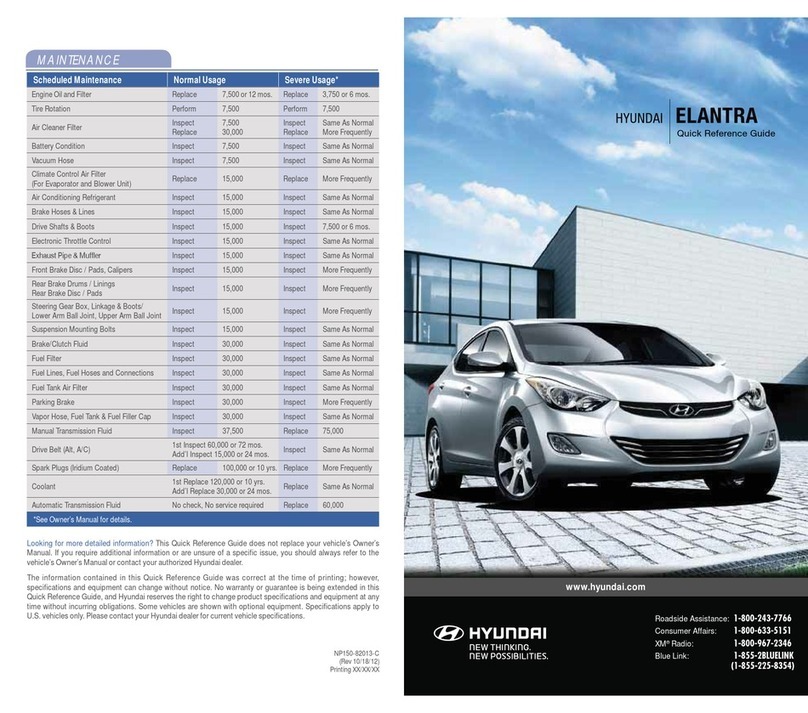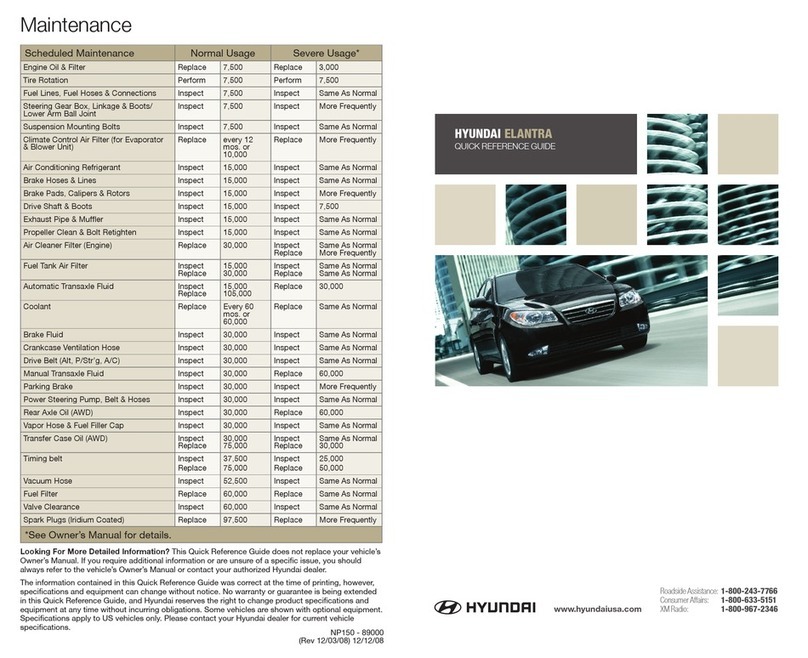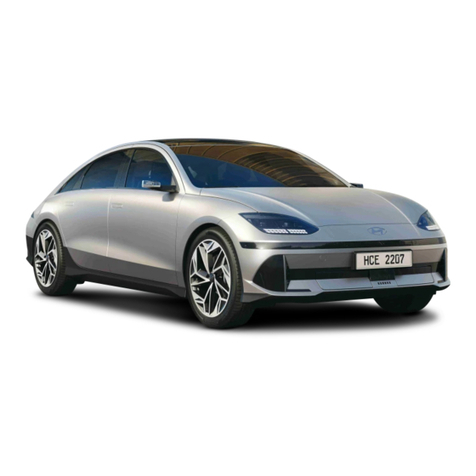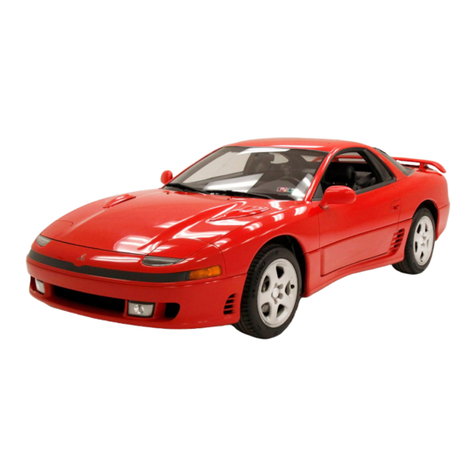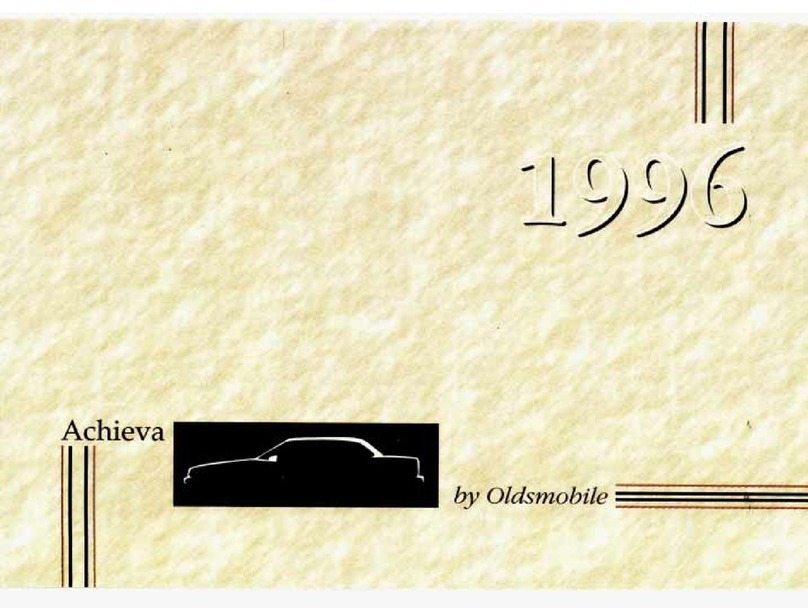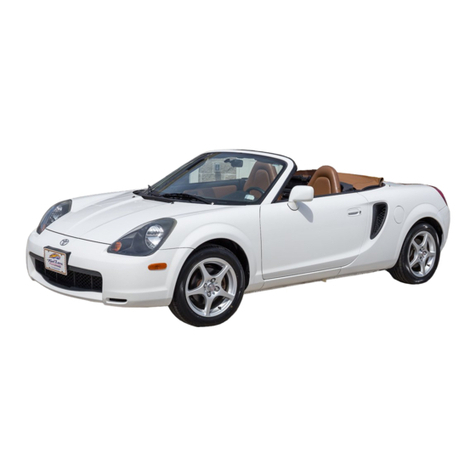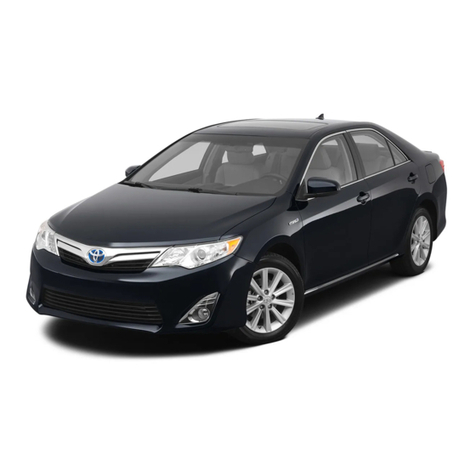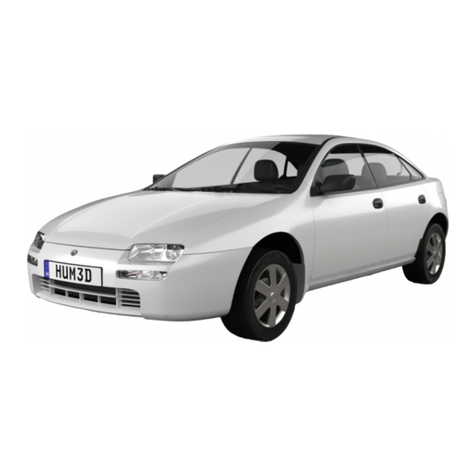
4
HYDROGEN FUEL CELL ELECTRIC VEHICLE (FCEV) OVERVIEW
Inaneorttoproduceavehiclethatisfriendlytotheenvironment,HyundaidevelopedtheTucsonFCEV
and has now transferred the technology to the Nexo FCEV. This general overview will assist you with a better
understanding of how hydrogen fuel cell technology operates.
Fuel Type: Hydrogen Battery: DC Lithium-ion HV
How It Works: (Source: www.cafcp.org)
This is a hydrogen fueled electric vehicle that does not re-
quire it to be plugged in to recharge the battery. Instead, it is
designed to function as outlined in the steps below. (Shown
in the lower illustration.)
1. Hydrogen fuel is stored in pressurized tanks and then
transferred to the fuel cell stack through high-pressure
fuel lines.
2. Hydrogen enters the fuel cell stack where it contacts a
negative electrode (anode) while oxygen from air enters
the other side of the fuel cell stack where it contacts
a positive electrode (cathode). These two electrodes
are separated by a Proton Exchange Membrane (cata-
lyst-coated membrane) where the electricity is created
by hydrogen combining with oxygen to charge the
high-voltage battery (process shown on the right). The
high-voltage battery is the source of power for the elec-
tric motor used to propel the vehicle during operation.
3. A power module then distributes the electricity through-
out the vehicle, including the electric motor.
4. The electric motor turns the wheels by providing the
torque needed to propel the vehicle.
The exhaust (by-product) created from this process that can
be found coming from the tailpipe is water (H2O).
Source: California Fuel Cell Partnership
Source: California Fuel Cell Partnership
Electricity Generating Process
FCEV System Overview
Power Module
Radiator
Electric
Motor
Fuel Cell
Stack
Hydrogen
Tanks
HV
Battery
Electrical
Current
Electrons
e movement of
electrons generates
electricity to power
the motor. Oxygen (O2)
Oxygen ows toward
the cathode, where it
combines with hydrogen
to produce water.
Hydrogen
(H2)
Hydrogen fuel
ows into the
anode. Anode
Negative
Electrode
PEM
Proton Exchange
Membrane
Cathode
Positive
Electrode
Tailpipe Emissions are
heat and water vapor
H2O


